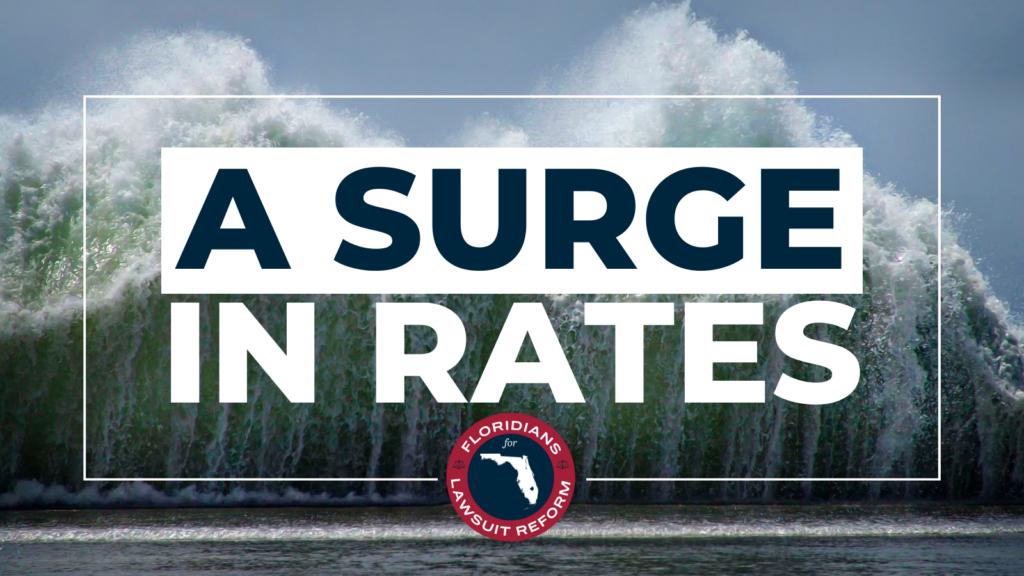
After spiking premiums, nonrenewals and complaints about unpaid claims, more than 115,000 property owners in southwest Florida are now facing a new slap in the face after 2022’s Hurricane Ian: 25% higher flood insurance rates because local officials reportedly allowed subpar rebuilding for flood-damaged homes.
Governments in Lee County, Florida, which took the brunt of Ian’s storm surge in September 2022, said in a news release last week that the action from the Federal Emergency Management Agency is a “devastating blow” that came with no warning.
“Without any prior notice, FEMA verbally informed Lee County and some of its municipalities late Thursday that it was altering discounts on National Flood Insurance Program (NFIP) premiums that allow residents to save up to 25%, delivering a blow to the community as it continues to recover from the devastation of Hurricane Ian,” reads the statement from Lee County officials.
FEMA has long allowed the flood insurance premium discounts for communities that enforce the agency’s rebuilding requirements and take other measures to reduce flood losses. These include requiring rebuilding – and in many cases elevating – homes that were more than 50% damaged in a flood event.
But the federal agency said last week that the county and several municipalities had loosened the rules after the storm, allowing many policyholders to stay below the 50% mark and avoid a total rebuild and elevation, The Miami Herald, the Fort Myers News-Press and other Florida news outlets reported.
The move means that the cities and the county will lose the NFIP’s community-wide discounts on flood insurance. Some communities could be booted out of the NFIP altogether, a FEMA official said in a letter, the Herald reported.
Nobody wanted to reach this point, but the federal agency had little choice, and had sent local officials multiple letters requesting correct information on rebuilt properties, Robert Samaan, a regional administrator for FEMA, told the Herald.
FEMA inspectors said they found problems soon after Hurricane Ian slammed through the area in 2022, including much unpermitted rebuilds and a lack of documentation.
Local officials called the move “punitive.”
“Ian was the third costliest hurricane to hit the United States, and many of our residents are still reeling financially from its impacts,” Lee County Commission Chairman Mike Greenwell said in the press release.
“Make no mistake – FEMA is the villain in this nightmare,” Cape Coral Mayor John Gunter said in the statement.
The local leaders said they had undertaken many efforts in recent years to comply with the discount system. But FEMA contends the most important measures were not followed.
The average flood premium will rise by about $300 a year, starting Oct. 1.
Ironically, some critics of the NFIP have warned for years that the program had done little to enforce its Community Rating System parameters, allowing communities nationwide to claim discounts even when homes were not rebuilt to newer code requirements. It’s unclear if the Lee County action marks a new approach by FEMA leadership.
The idea behind the CRS was to encourage communities to keep more buildings out of flood zones and take other steps to prevent flood damage, thus reducing losses to NFIP. Some jurisdictions that gain the highest rating can see discounts as much as 40%.
The CRS is flawed, though, because it undercuts FEMA’s newly established Risk Rating 2.0, which aims to base flood insurance rates more on the risk of individual properties, not area-wide and outdated flood maps, Craig Poulton, head of Poulton Associates, a private company that writes flood and catastrophe insurance, said last year.
Southwest Florida communities may have a chance to rejoin the CRS discount program – but not until 2026.
